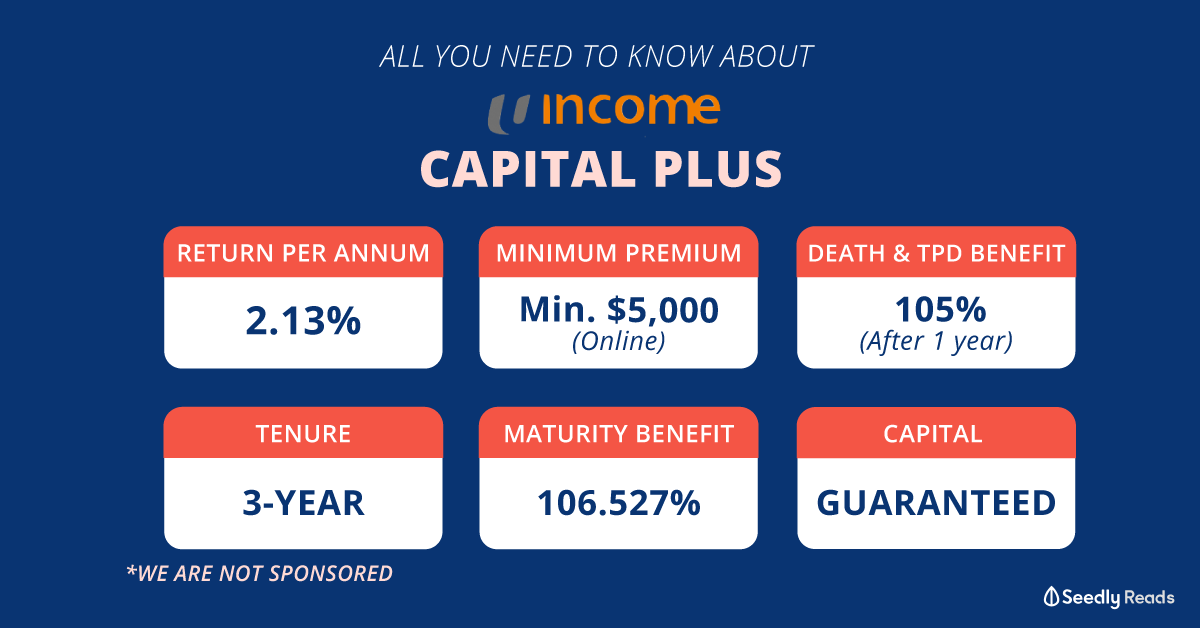Advertisement
Anonymous
AIA Guaranteed Protect Plus (II) or PruActive Life? For coverage in monetary terms, the base and multiplier are the same. The age for the booster is also the same.?
Prudential’s premiums are cheaper but if I compare the surrender value for 3.25% returns at the same age, AIA’s guaranteed surrender value is also higher. What else should I compare?
3
Discussion (3)
Learn how to style your text
Tan Pau Cen
09 Sep 2020
Financial Consultant at Prudential
Reply
Save
Duane Cheng
17 Aug 2020
Financial Consultant at Prudential Assurance Company Singapore
Hi there,
PRUActive Life (PAL) was designed to cover for Death, Disability, Terminal Illnesses and Critical illnesses, with a rider to cover for early stage critical illnesses.
These are some of the areas that differentiates the two;
PAL's provides coverage for 56 critical illnesses, vs 43 from the competitor
PAL's policy is inbuilt with CI coverage, while the competitor does not. Rider needs to be attached for either CI or ESCI coverage.
Death benefit is similar for both policies after expiration of boosted coverage.
PAL has lower surrender value, as the policy covers more critical illnesses. Due to to the increase coverage, there is higher assurance costs, which results in a lower surrender value.
Do note that for insurance policies, my guidance to my clients is not to use the surrender value as a gauge for whether to take up a policy. The main goal of an whole life plan, is to provide income replacement during your prime working years.
Hope i was able to shed some insight!
Reply
Save
Hey there!
Essentially, both offer similar maximum multiplier benefits. Ultimately, the cash value ...
Read 1 other comments with a Seedly account
You will also enjoy exclusive benefits and get access to members only features.
Sign up or login with an email here
Write your thoughts
Related Articles
Related Posts
Related Posts
Advertisement








I believe the main focus for either GPP or PAL, is for protection.
Therefore, compare the benefits.
Which one gives you more protection benefits? Which one gives you more avenue to claim?
The cash value in a wholelife plan is not meant for accumulation nor investment - its a totally wrong way to compare “how much would I get back in the end” with a wholelife protection plan.
Again, compare the benefit and you will have no doubt which one you should be having 😀 among those two products :)
I hope you can find yourself a good Financial Consultant whom is willing to go extra miles to sincerely explain the diff of benefits between the two products. Most people only compare the premium, which is a totally wrong approach. Do you pay the same price for premium Japanese rice and say, ntuc basmati rice? 😀
Again, compare the benefits. And see which one more suitable to your needs. That’s how I help my clients to make decision.
Hope this helps.